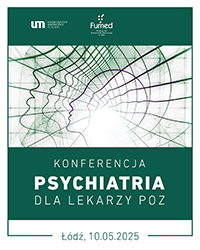Features of clinical manifestation and treatment of inpatient COVID-19 cases in children
Lesia Romanchuk, Olena Koloskova, Tetiana Bilous, Olena Korotun
 Affiliation and address for correspondence
Affiliation and address for correspondenceSince the beginning of the COVID-19 pandemic, many researchers have considered paediatric patients to be less vulnerable to the virus. Our study is devoted to the analysis of the dynamics of morbidity, clinical course, and treatment of children hospitalised with coronavirus disease. Aim of the study: The aim of the study was to conduct a retrospective analysis of cases of coronavirus infection in children during the 1st year of the COVID-19 pandemic. Materials and methods: Two hundred and sixty-three clinical cases of COVID-19 in hospitalised children of Chernivtsi region (Ukraine) for the period from March 2020 to March 2021 were analysed. The peculiarities of the clinical course, symptoms, and treatment of children in the early and later periods of the pandemic were assessed. Results: It was found that the most common complaint was general weakness due to infectious-inflammatory, intoxication, and catarrhal syndromes. At the same time, over the course of the pandemic, the complaints and signs of intoxication and asthenic syndromes, infectious-inflammatory syndromes, and nonspecific neurological symptoms increased, while the rate of respiratory tract damage remained relatively stable, and in the 1st quarter of 2021, there was a significant increase in multisystem inflammatory syndrome and community-acquired pneumonia (odds ratio, OR = 2.7). Conclusions: The clinical course of COVID-19 in children showed phenotypic deviations during the 1st year of the pandemic, with a tendency for an increased incidence of severe forms of the disease, resistant to the prescribed treatment.











